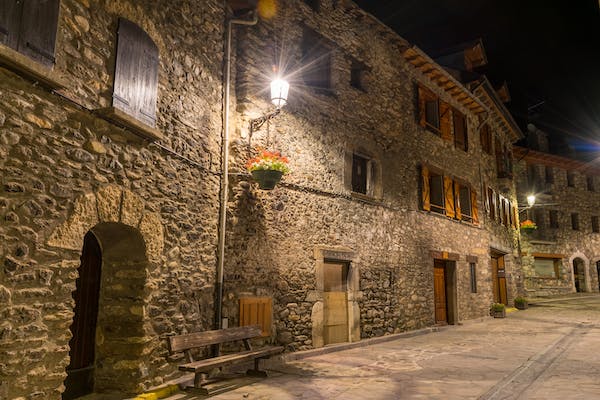In the realm of interior design, lighting plays a crucial role in creating ambiance and enhancing the overall aesthetic of a space. Among the various lighting options available, wall lights stand out as both functional and artistic elements that can transform any room. In this blog post, we will explore the allure of pendant lights, their diverse styles, and the ways in which they contribute to the ambiance of a space.
Functionality:
Wall lights serve a dual purpose in any setting. Firstly, they provide essential task lighting, illuminating specific areas of a room for practical purposes such as reading, working, or highlighting architectural features. Secondly, wall lights contribute to ambient lighting, creating a warm and inviting atmosphere. Their strategic placement on walls ensures that they don’t occupy valuable floor space, making them ideal for smaller rooms or areas with limited square footage.
Styles and Designs of Wall Lights:
One of the key attractions of lights is their versatility in design. From sleek and modern to ornate and traditional, lights come in a wide range of styles to suit diverse interior preferences. Modern spaces may benefit from minimalist sconces with clean lines and metallic finishes, while traditional settings can embrace the elegance of vintage-inspired wall-mounted fixtures.
Materials also play a crucial role in defining the style of wall lights. Options include brass, chrome, glass, and various types of metals, each adding a unique touch to the overall design. For those seeking a touch of luxury, crystal-adorned wall lights can introduce a sense of opulence and sophistication.
Ambiance and Mood of Wall Lights:
The strategic placement of lights can significantly impact the ambiance and mood of a room. Soft, diffused lighting from wall sconces can create a cozy and intimate atmosphere in bedrooms and living rooms. Adjustable lights with dimmer switches offer the flexibility to control the level of illumination, allowing users to adapt the lighting to different activities and occasions.
Practical Applications:
Wall lights are not limited to residential spaces; they also find practical applications in commercial settings. In restaurants, they can enhance the dining experience by providing soft, flattering lighting. In hotels, lights contribute to the overall design scheme while serving as functional lighting in corridors and rooms. The adaptability of lights makes them an excellent choice for various environments.
Conclusion:
In the world of interior design, lights are indispensable elements that seamlessly blend form and function. Whether you’re looking to illuminate a specific area, enhance the ambiance of a room, or make a design statement, wall lights offer a diverse range of options. As you embark on your lighting journey, consider the style, placement, and functionality of lights to transform your space into a well-lit haven of comfort and style.
Visit Hardware Concepts for more information about the Art and Functionality of Wall Lights.
